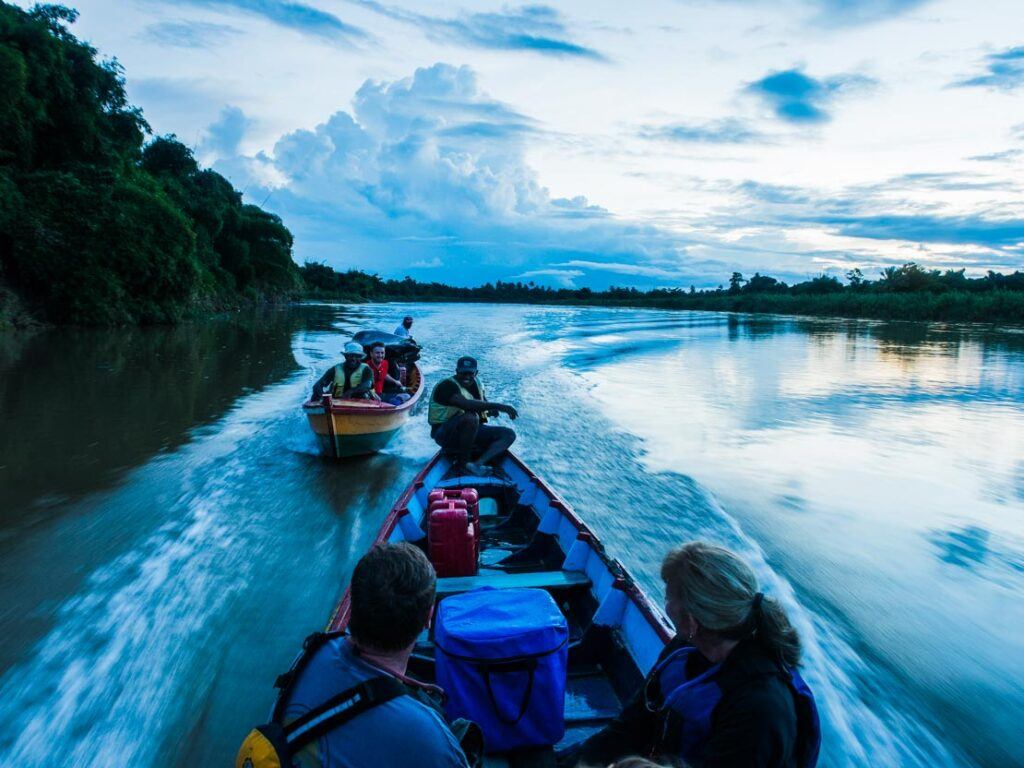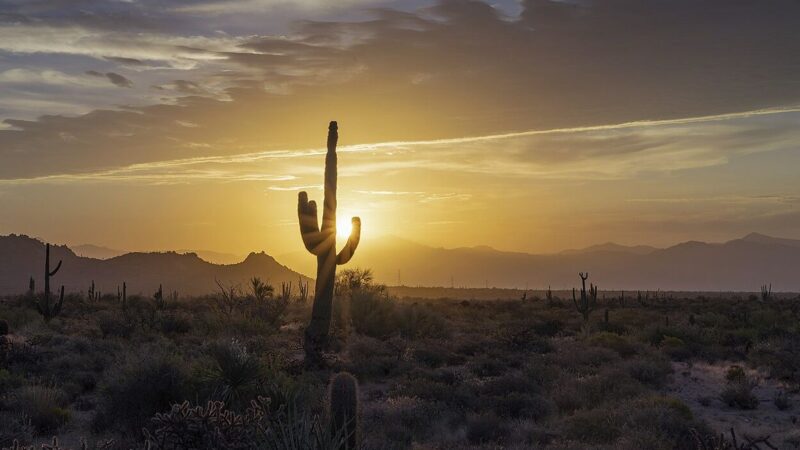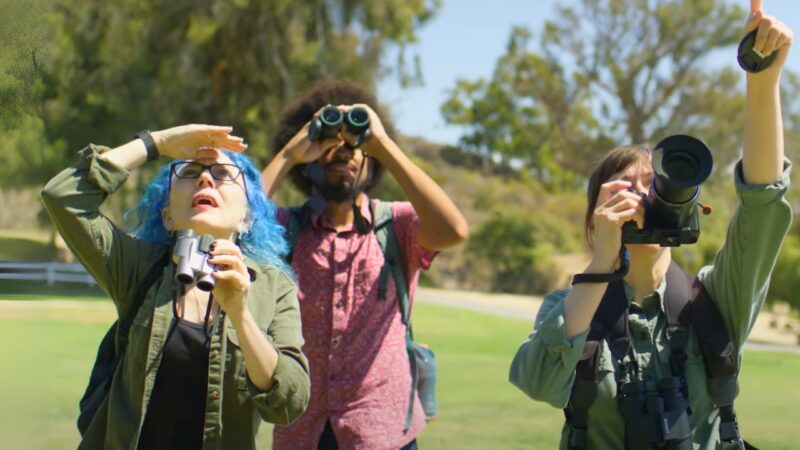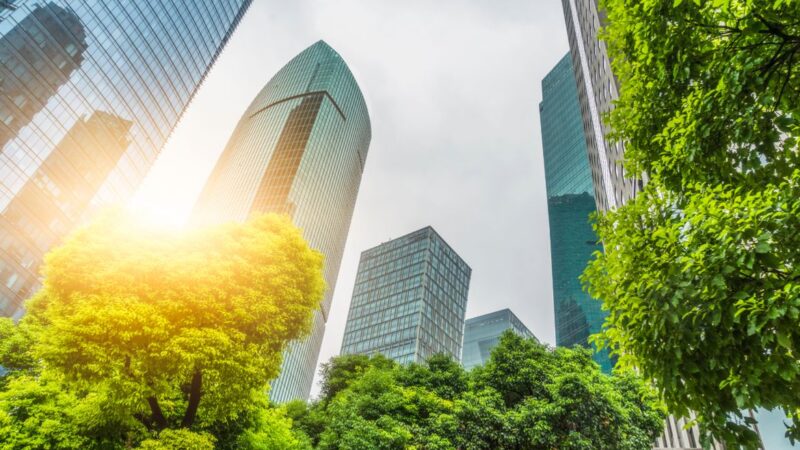
UCLA students help Pacific island economies grow sustainably
UCLA graduate students help developing islands capitalize on ocean resources.
Small island nations bear the brunt of climate change, from worsening typhoons to sea level rise. Their economies also face challenges due to isolation, including high prices for imported necessities like food and manufactured goods.
Fortunately, an ocean of potential resources surrounds them.
Students from UCLA Anderson School of Management traveled to Fiji, Samoa and the Federated States of Micronesia as part of the Blue Prosperity program, a partnership between the UCLA Institute of the Environment and Sustainability and the Waitt Foundation in which business, law, policy and science students research and help small island developing states balance economic growth with conservation.
Starting in September, the groups interviewed experts and government officials, and reviewed hundreds of documents and studies on the islands to produce state-specific reports.
Student teams recently reported back on what they learned. One group recommended upgrading select or unique tourist attractions. Another suggested building vocational training centers to develop a workforce prepared to manage the new industries.
“These islands are in the best position to take care of the oceans,” said Julia Navarro, a graduate student who travelled to Fiji in January. “The more economically stable these countries are, the better situated they will be to adopt sustainable efforts.”
Navarro’s team studied how Tonga and the Marshall Islands can best grow tourism, fishing and aquaculture industries without damaging ecosystems.
Oceanic islands have exclusive economic rights to the first 200 miles of waters off their coasts, but lack the land area to support large-scale ventures that capitalize on these ocean resources. To help, the teams are creating a toolkit evaluating the potential of sustainable growth for their economies, detailing best practices to pursue and pitfalls to avoid.
The students found interesting possibilities, such as Samoa’s giant clam sanctuary.
The waters of the South Pacific are home to some of the biggest clams in the world, weighing up to 400 pounds and measuring almost four feet across. These clams, threatened by coral reef destruction and over-harvesting, became a rallying point for Samoans, who petitioned their government to create community-protected sanctuaries — and then began charging tourists to visit them.
“It’s the community’s effort to protect the area but they’re also making a profit from entrance fees,” Kim said. “It’s a virtuous cycle.”
Jennie Dean, UCLA’s director for the Blue Prosperity program, said the students will provide an essential service to the islands.
“We plan to recommend specific actions governments can take to build sustainable blue economies,” Dean said. “Many of these places lack technical resources and knowledge to do that, so we assigned thirty students, working full-time, to help fill the gap.”
David Wu, a member of the human capital team, said after visiting Samoa he was better able to make sense of the research he conducted beforehand. Each student conducted around ten interviews on site with various stakeholders.
“The most critical and relevant issues flow to the top once you’re there in person,” Wu said. “It’s hard to gauge how big of a factor something is unless you go there.”
Wu’s team was surprised by how essential community is to island cultures, they said. From a workforce perspective, that means any recommendations need to target towns or neighborhoods, not individuals.
The Blue Prosperity program at UCLA is planned to last at least two more years, at which point final research packages will be delivered.
If you would like to learn more about the Blue Prosperity program’s research, consider attending the Blue Prosperity symposium on May 10th.
Top image: A commercial rafting company in Fiji employs native Fijians as guides and establishes conservation areas that protect the river from industrial ventures, an example of eco-tourism.




